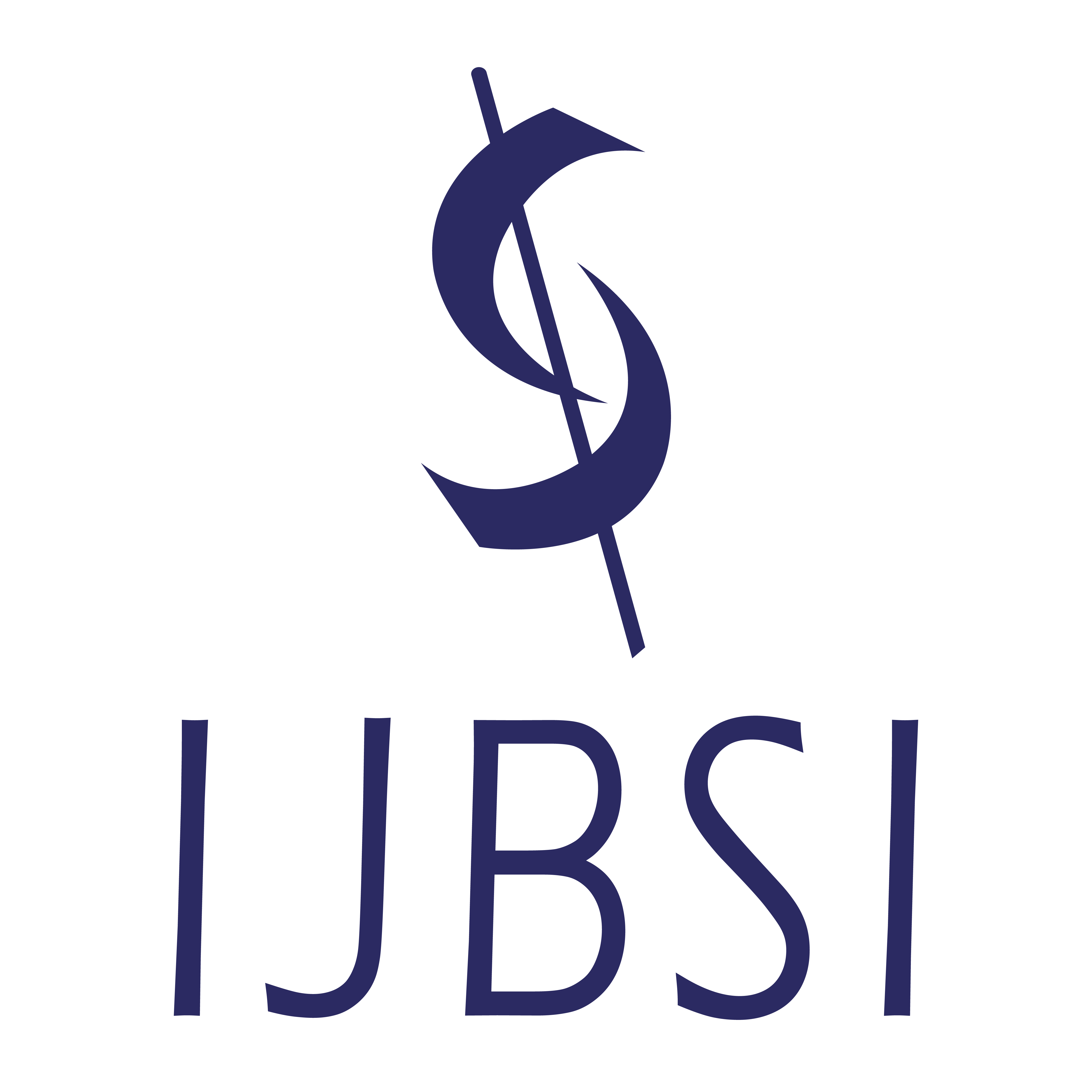Research Article
Research on Measurement of Intra-industry Trade Level and Influencing Factors between China and Regional Comprehensive Economic Partnership Member Countries
More Detail
1 Xiamen University Tan Kah Kee College, Xiamen 363105, China* Corresponding Author
International Journal of Business Studies and Innovation, 3(1), March 2023, 19-30, https://doi.org/10.35745/ijbsi2023v03.01.0002
Submitted: 26 January 2023, Published: 30 March 2023
OPEN ACCESS 511 Views 706 Downloads
ABSTRACT
With the effective implementation of the Regional Comprehensive Economic Partnership (RCEP) on January 1, 2022, the world’s largest free trade area was officially launched. Based on the data from 2001 to 2021, a panel regression analysis was conducted using the intra-industry trade G-L measurement method based on indicators such as per capita income level, factor endowment difference, economic development level, foreign direct investment, geographical location, and cultural difference. With the result, the intra-industry trade level and influencing factors between China and RCEP member countries were studied to provide a reference for the development of intra-industry trade between China and RCEP. The results show that the level of economic development and foreign direct investment has a positive impact on intra-industry trade between China and RCEP members, and the level of demand similarity and the geographical and cultural differences have the opposite impact. It is suggested in this study that China needs to actively promote the implementation of RCEP-related policies, continuously reduce tariffs and trade barriers between member countries to achieve trade liberalization, and encourage new countries to join RCEP to promote global integration.
CITATION (APA)
Jiang, Y.-X. (2023). Research on Measurement of Intra-industry Trade Level and Influencing Factors between China and Regional Comprehensive Economic Partnership Member Countries. International Journal of Business Studies and Innovation, 3(1), 19-30. https://doi.org/10.35745/ijbsi2023v03.01.0002

 OPEN ACCESS
OPEN ACCESS

 The articles published in this journal are licensed under the CC-BY Creative Commons Attribution International License.
The articles published in this journal are licensed under the CC-BY Creative Commons Attribution International License.